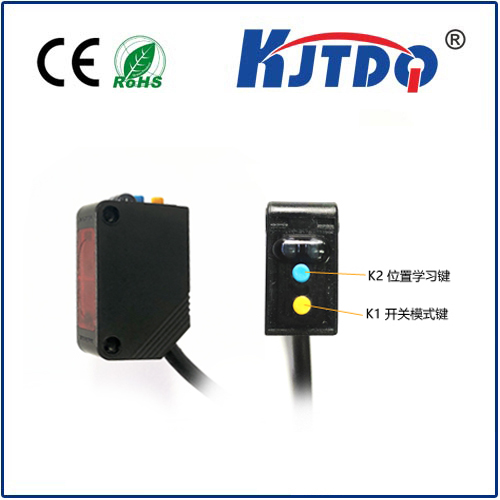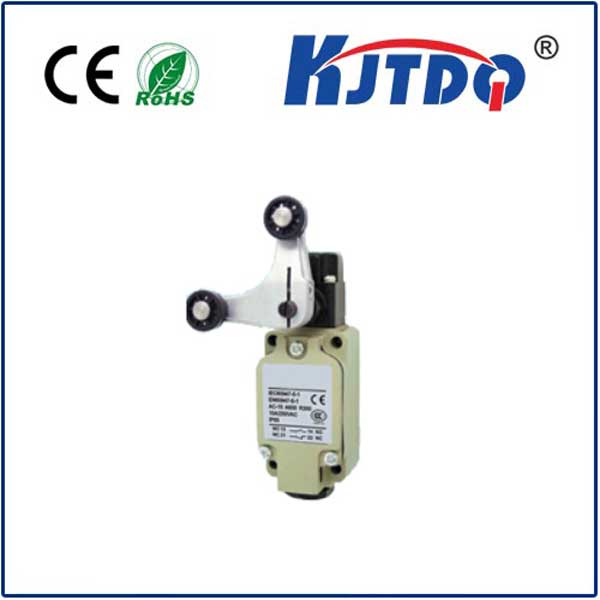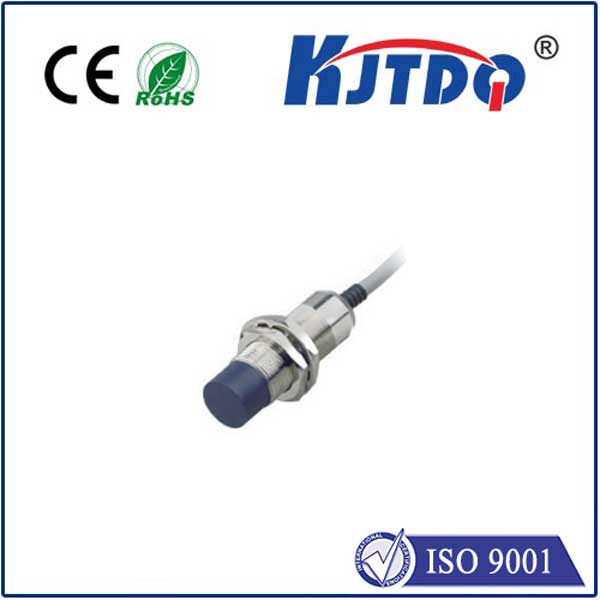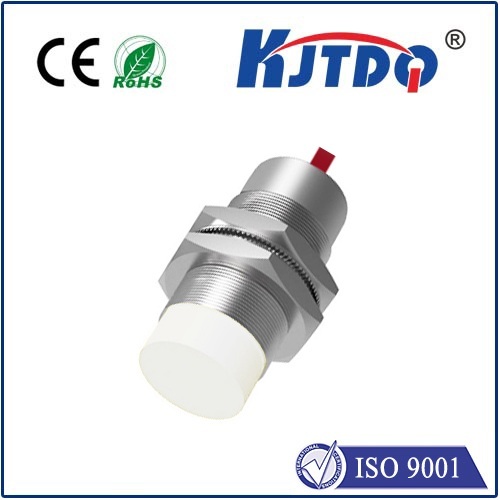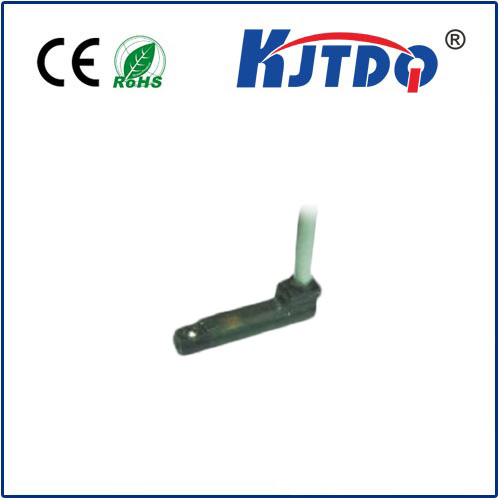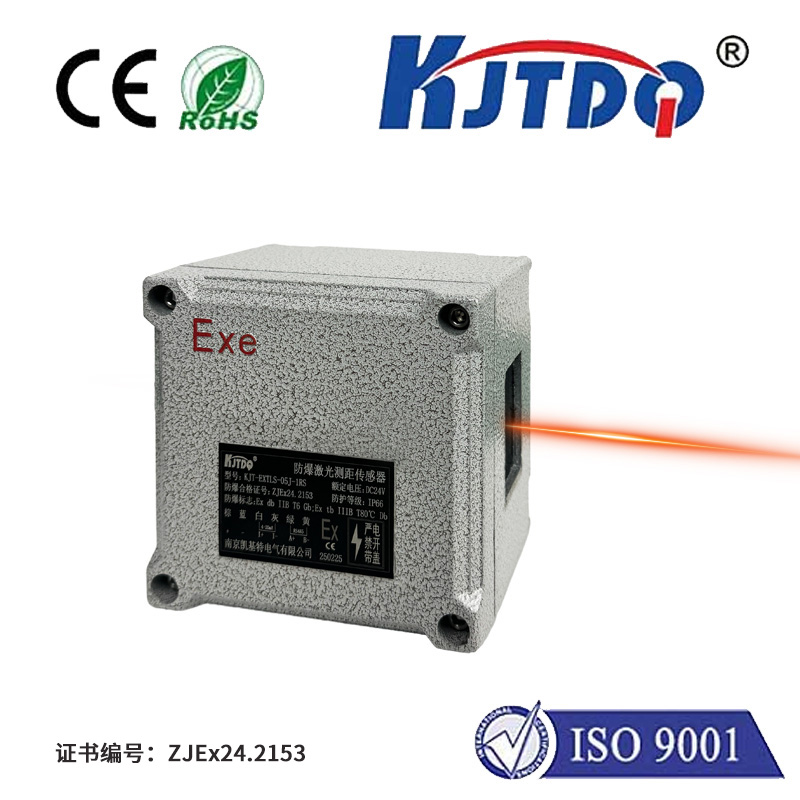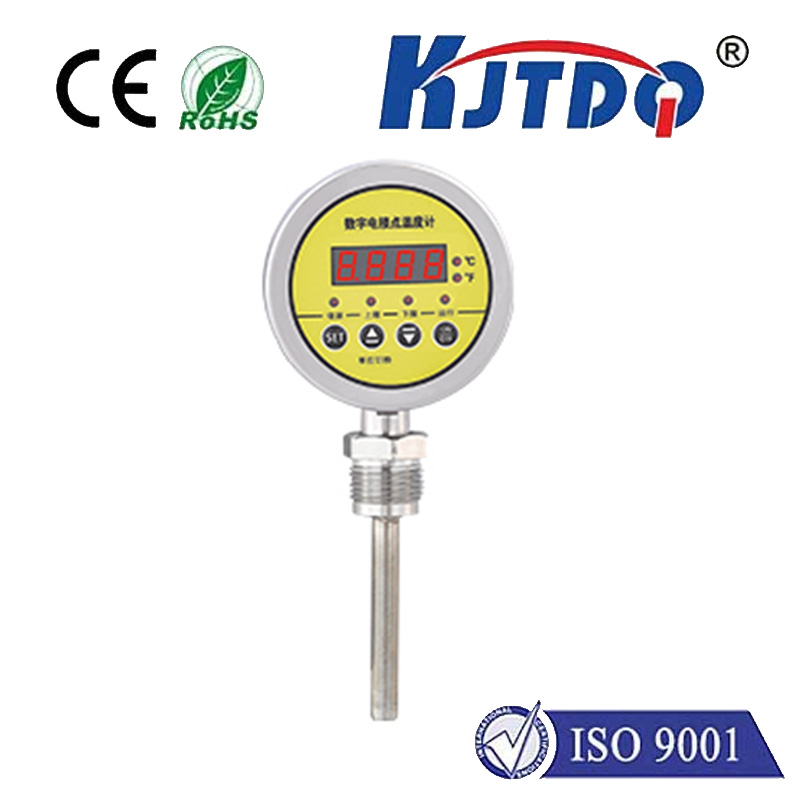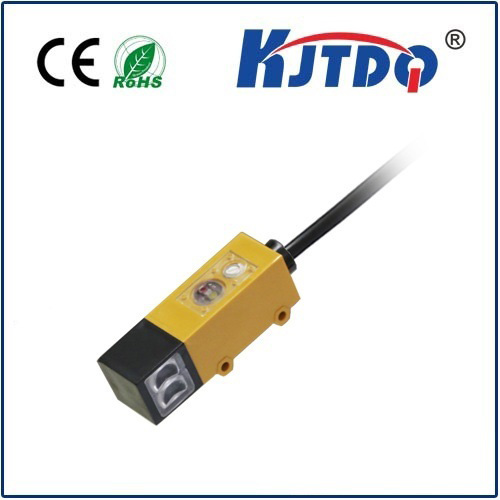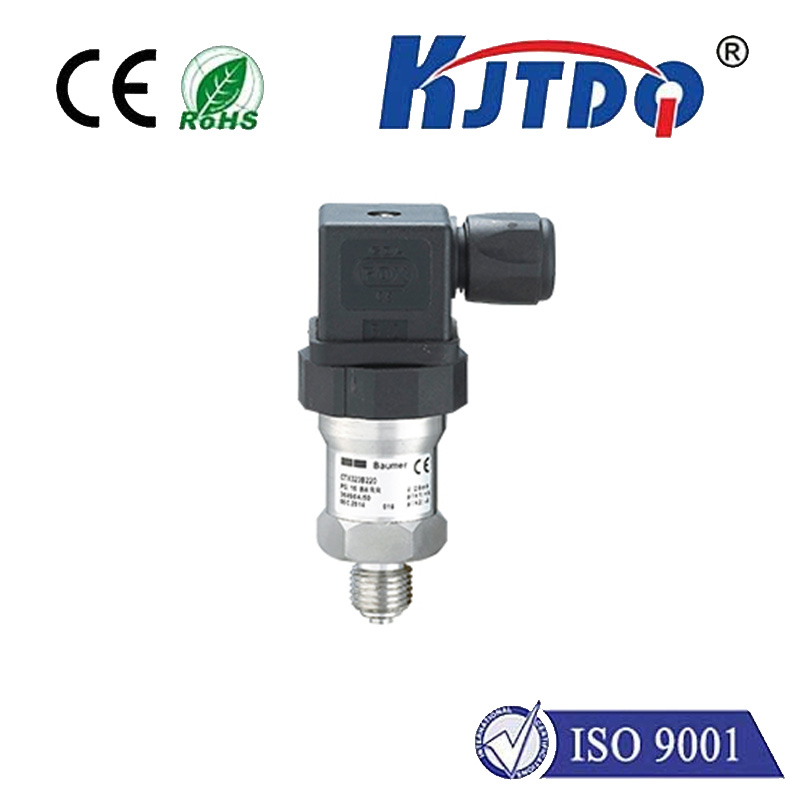

check

check

check

check
Think about the spaces you occupy daily – your office chair, your car seat, the sofa at home. How does the environment know you’re there? Increasingly, the answer lies not in cameras or pressure mats, but in an invisible electric field woven into the fabric of our world. Capacitive occupancy sensors represent a sophisticated, non-intrusive technology revolutionizing how systems detect human presence, driving efficiency and safety across countless applications. Forget bulky mechanisms; these sensors operate silently, sensing the subtle electrical properties of the human body itself.
At its core, a capacitive sensor exploits the principle of capacitance – the ability of two conductive objects separated by an insulator to store an electrical charge. When a person enters the electric field generated by the sensor’s electrode, their body (essentially a conductive object) alters the capacitance between the electrode and ground. The sensor’s electronic circuitry meticulously monitors this change. Crucially, this detection happens without any physical contact, relying solely on the proximity and dielectric properties of the target. This touchless operation is fundamental to the technology’s versatility and reliability.

So, what makes capacitive sensors stand out in the crowded field of presence detection?
These advantages translate into transformative capacitive sensor applications across diverse sectors:
While powerful, it’s important to understand the context. Capacitive sensors may not perceive very thin layers of highly insulating material as effectively. Precise calibration is also essential to differentiate between a human occupant and other large objects (like a heavy box on a chair) and to avoid false triggers from close proximity without direct presence. This is where sophisticated signal processing algorithms are vital. Furthermore, factors like seat dampness (significantly altering conductivity) require careful design consideration in specific applications like automotive seating.
The evolution of capacitive sensing continues. Advancements focus on higher sensitivity for detection through thicker materials or at greater distances, enhanced signal processing to filter out environmental noise and improve object discrimination, and increased integration capabilities with other sensor types (like PIR) for multi-factor verification. Microcontroller integration is also driving down costs and simplifying deployment. As the demand for smarter, more responsive, and energy-efficient environments grows, capacitive occupancy sensors will increasingly become the invisible backbone enabling touchless interaction and intelligent automation.
From silently conserving energy in smart offices to ensuring critical safety features activate correctly in our vehicles, capacitive occupancy sensors prove that sometimes the most powerful technology is the one you never see or touch. Their ability to reliably detect stationary presence through materials, without contact, makes them an indispensable tool in building the responsive environments of the present and the future.
